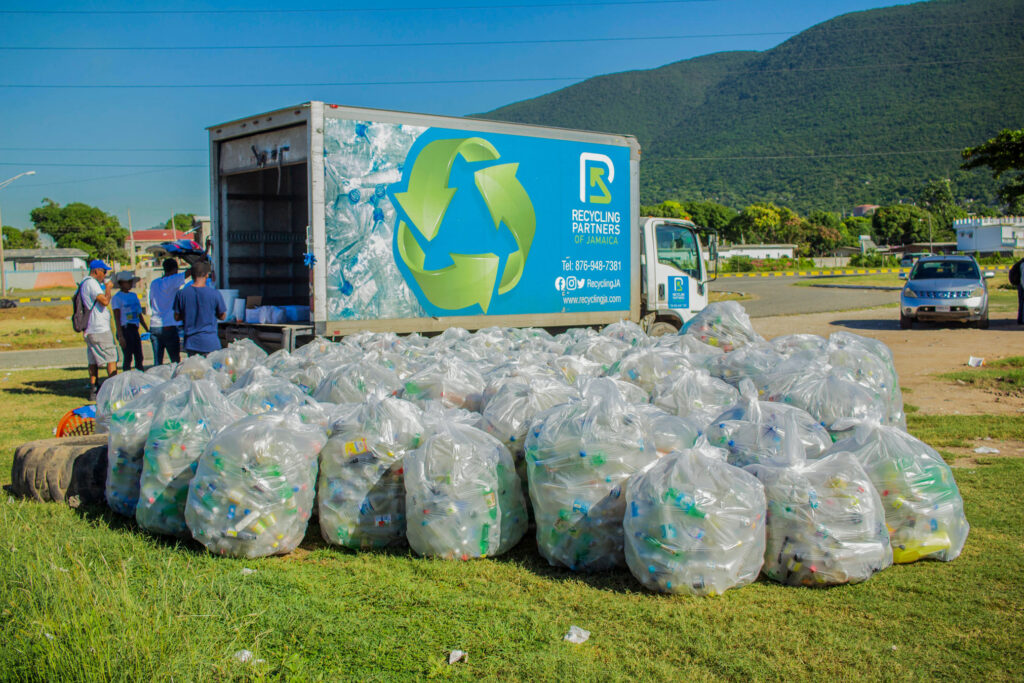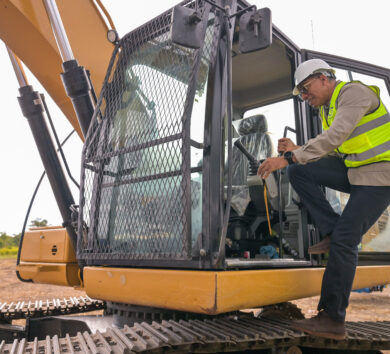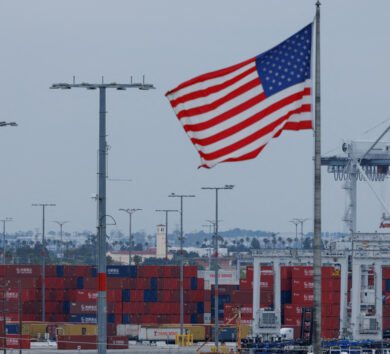

The domestic plastic recycling effort continues to gain momentum, with the country now achieving a recovery rate of more than 40 per cent for polyethylene terephthalate (PET) and high-density polyethylene (HDPE) plastic bottles, according to figures from Recycling Partners of Jamaica (RPJ).
This progress, says director for environmental management and conservation at the National Environment and Planning Agency (NEPA), Anthony McKenzie, “places Jamaica well above the global recycling average of 10-15 per cent, signalling a positive shift in public behaviour and national waste management efforts”.
Speaking at a recent JIS ‘Think Tank’, McKenzie shared that despite this encouraging development, the figure still falls short of the Government’s target of 75 per cent recovery within three years of the implementation of the Deposit Refund Scheme, which encourages the return and collection of plastic bottles for recycling.
“Over 800 million plastic bottles enter the Jamaican market each year. We are making progress, but there is still work to do,” he said, while commending both the public and private sectors for their role in expanding recycling infrastructure and participation.
Support for these gains is further evidenced in the recently released International Coastal Cleanup (ICC) 2024 Report, which confirms that while plastic beverage bottles remain the most common item collected, the volume has been consistently decreasing in recent years. As outlined in the report, in 2024 alone, more than 189,000 plastic bottles were retrieved during islandwide coastal cleanups, which reflected an improvement when compared to pre-ban data.

This year, 5,802 volunteers participated in 168 coastal and underwater cleanups, removing more than 69,000 pounds of waste from Jamaica’s shorelines and wetlands.
The efforts were supported by multiple agencies, including RPJ, Tourism Enhancement Fund (TEF), National Solid Waste Management Authority (NSWMA) and Jamaica Environment Trust (JET).
As Jamaica ramps up recovery and reduction initiatives, the Government is also promoting innovation in plastic reuse.
“Stakeholders are exploring new ways to repurpose collected plastics, including the manufacture of plastic roofing tiles, pavers, benches, and furniture, solutions that reduce landfill pressure while supporting local green enterprises,” McKenzie said.
A notable example is the emergence of companies like 360 Recycle Manufacturing, which creates plastic-based construction and landscaping products from waste materials.
In addition to private-sector efforts, ministries and government agencies have introduced separation-at-source policies to facilitate plastic recycling within their offices, partnering with RPJ to enable collection from public institutions and even employees’ homes.

Looking ahead, the Government remains focused on expanding access to recycling infrastructure, improving public education, and enhancing producer responsibility.
“The long-term goal is not just to recycle more but to create a culture where plastics are treated as a valuable resource to be reused, not discarded,” McKenzie said.







Comments